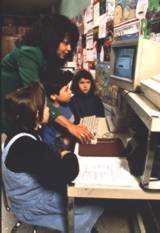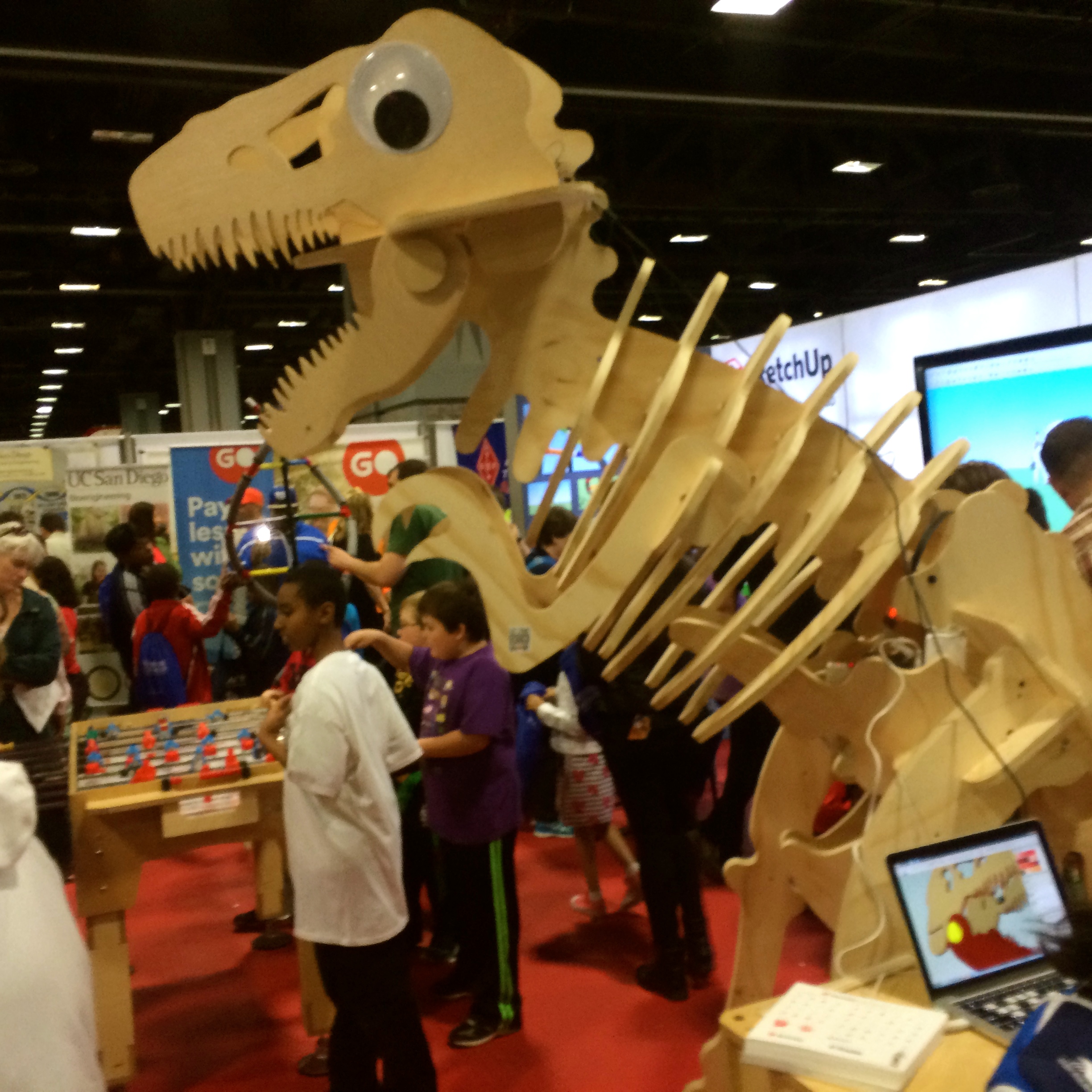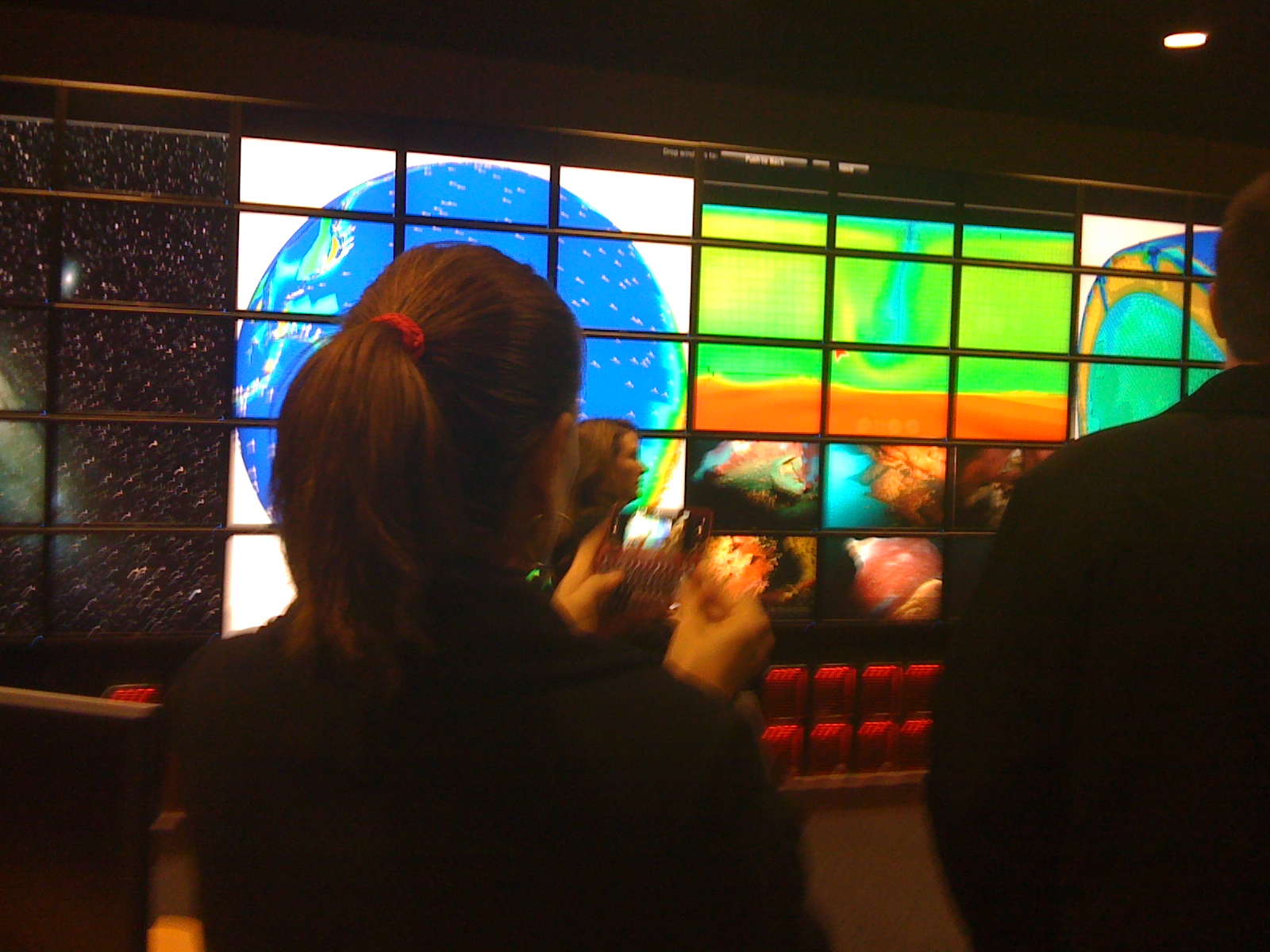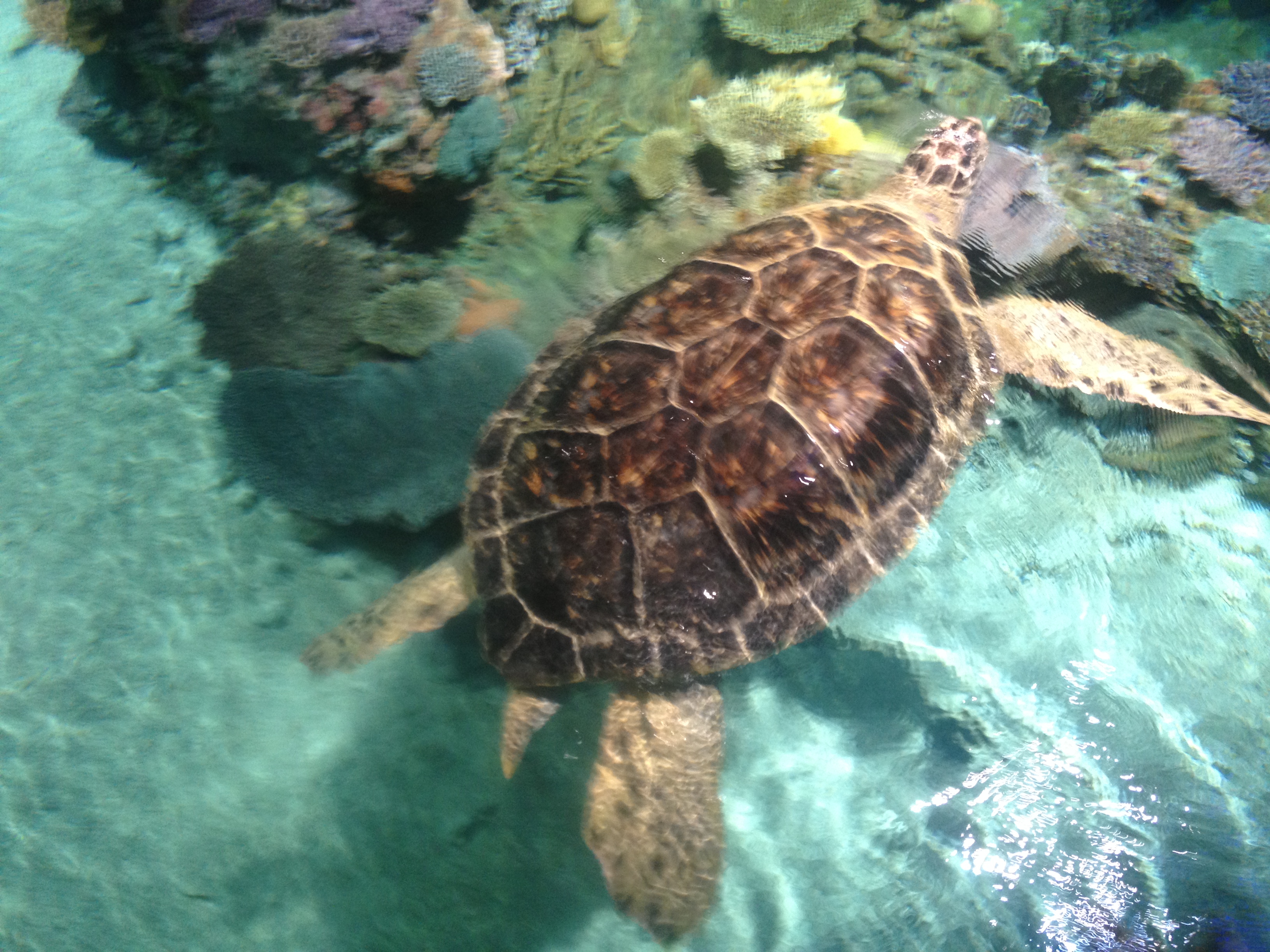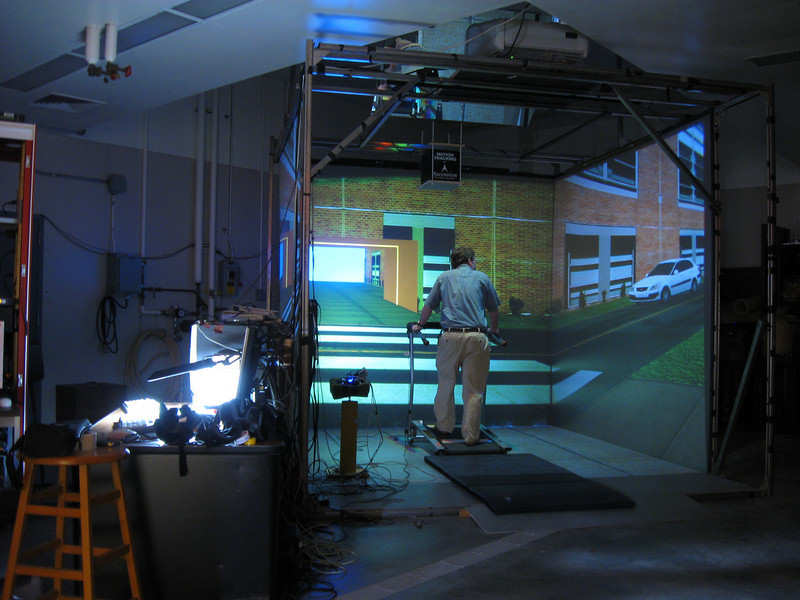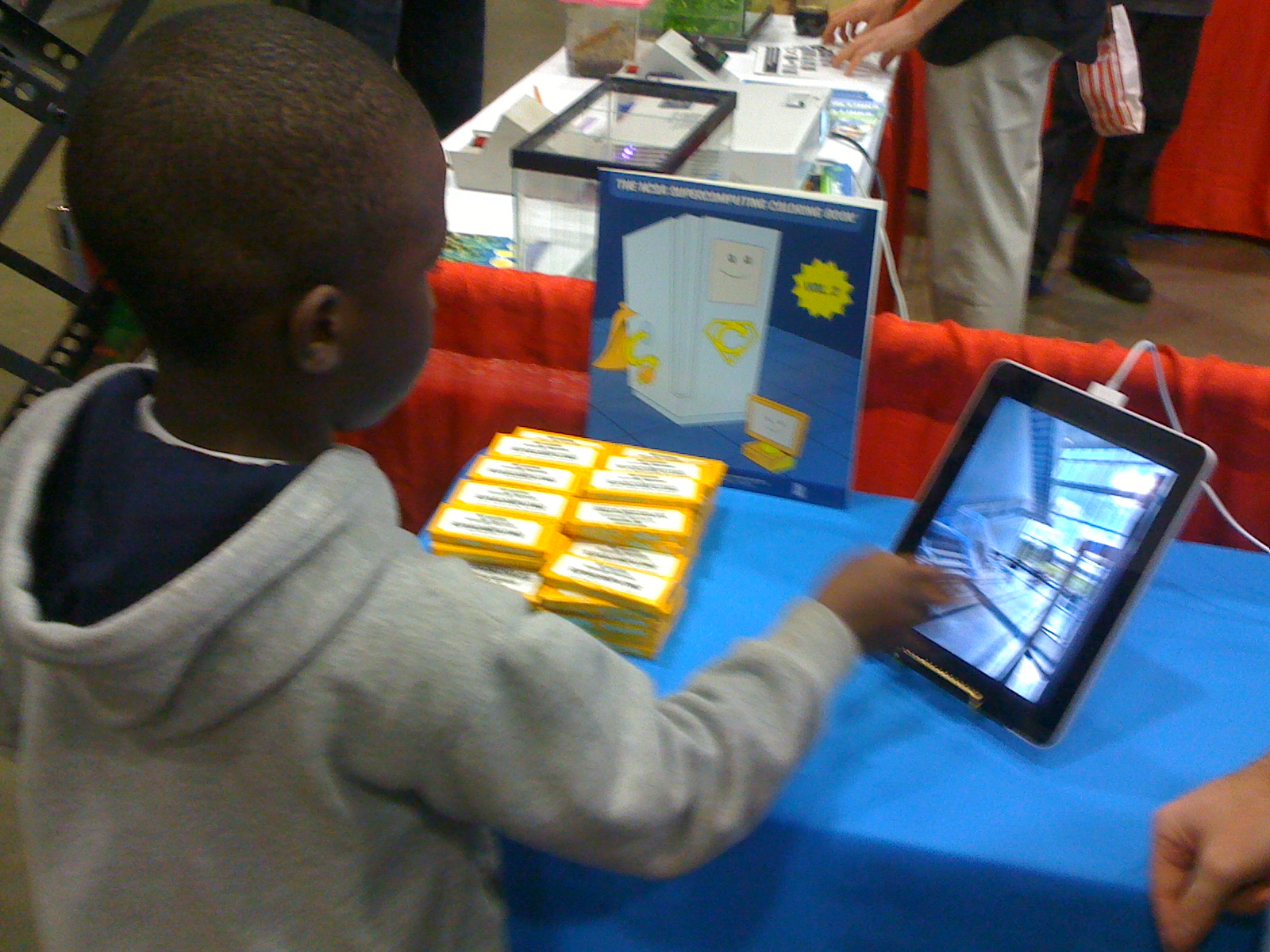
I have been learning about computers and technology for about 30 years or more. NASA, National Geographic, NEA, NSTA and the National Center for SuperComputing. Conferences, workshops, and meetings. It is a moving target. This blog is inspired by ex-students and CIrcl.
There is always more to learn, share and explore. Here is what might be of interest to you.
Here is some of the future of learning in a connected world.
Is your local school up to the challenge?Are you providing the real professional development for teachers?

SuperComputing and Computational Thinking (What do you know about it?)
In education, computational thinking (CT) is a set of problem-solving methods that involve expressing problems and their solutions in ways that a computer could execute..

Sounds and looks complicated? It is not. Digital Promise simplifies it like this.

But how do “code,” “computer science,” and, “computational thinking,” fit together? What is motivating their introduction into schools, and how might they change education?( read this report)
Digital Promise Our new report, Computational Thinking for a Computational World, draws from research and interviews with leaders around the country to answer the essential question:
In a computational world, what is important to know and know how to do? Please download and read the report and share it.
Digital Promise says:
What is computational thinking?
Computational thinking skills are versatile approaches to problem solving that include:
- Gathering and organizing data to investigate questions and communicate findings
- Expressing procedures as algorithms (that is, a series of logical, precise, repeatable steps that delivers an expected result) to reliably create and analyze processes
- Creating computational models that use data and algorithms to simulate complex systems
- Using and comparing computational models to develop new insights about a subject
We see these practices of computational thinking ,benefitting cutting-edge research and everyday life.
For example, when a hurricane is approaching, a meteorologist on TV may use a computational model to demonstrate the various paths that the storm may take as any number of interdependent variables change.

An astrophysicist may similarly use computational thinking practices to develop simulations and new theories about the collisions of black holes.


Digital Promise shows us great images to understand the methodology.
There are great online resources, that are free that demonstrate how these skills are used.
The Science of Where
The Science of Where – Unlock Data’s Full Potential
https://www.esri.com/en-us/about/about-esri/overview
Will.i.am Sparks Mapping with GIS in L.A. Magnet Academy
What is Science On a Sphere®?
Science On a Sphere® (SOS) displays global data the way it should be viewed – on a sphere! It is a room sized, global display system that uses custom software, computers, and video projectors to display planetary visualizations (and much more!) onto a large sphere, analogous to a giant animated globe.

https://sos.noaa.gov/what-is-sos/what-is-science-on-a-sphere/
NOAA has an app !!
https://sos.noaa.gov/sos-explorer/download-sos-explorer-mobile/
Computational tools for high school STEM
https://ct-stem.northwestern.edu
In education, the acronym STEM stands for the disciplines of science, technology, engineering, and mathematics. STEM education, then, is the learning of these STEMsubjects through an integrated approach; one that offers hands-on and relevant learning experiences.
Students and robots intermingle at the Hirshhorn ARTLAB+
ArtLab is giving young people opportunities to explore science, technology, and art with help from innovative artificial intelligence (AI) robots.
Sometimes , the beginning of this learning path is coding!!!
We can find many ways to lean to do coding. Code.org has programs in many languages.
But don’t just do two weeks of coding. It’s something you can continue to learn and do projects in.
If you’re just getting started on your coding journey, here are ten tips and resources to set you off on the right foot.

- Grab Some Free Programming Books.
- Take a Coding Course. …
- Use Free Online Training Sites. …
- Try a Kids App. …
- Start Small (and Be Patient) …
- Choose the Right Language. …
- Figure Out Why You Want to Learn to Code. …
Stay tuned for part two.


Code.org® is a nonprofit dedicated to expanding access to computer science in schools and increasing participation by women and underrepresented minorities. Our vision is that every student in every school has the opportunity to learn computer science, just like biology, chemistry or algebra. Code.org provides the leading curriculum for K-12 computer science in the largest school districts in the United States and Code.org also organizes the annual Hour of Code campaign which has engaged 15% of all students in the world. Code.org is supported by generous donors including Amazon, Facebook, Google, the Infosys Foundation, Microsoft, and many more.

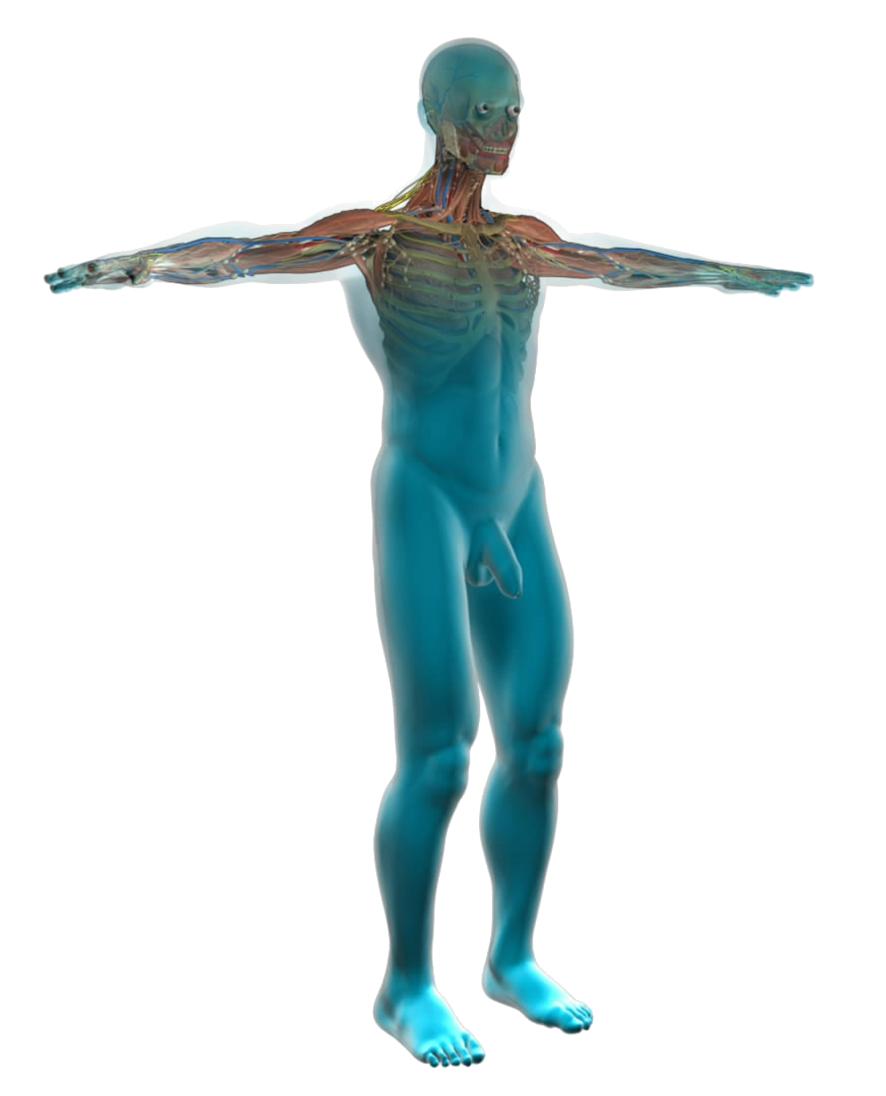












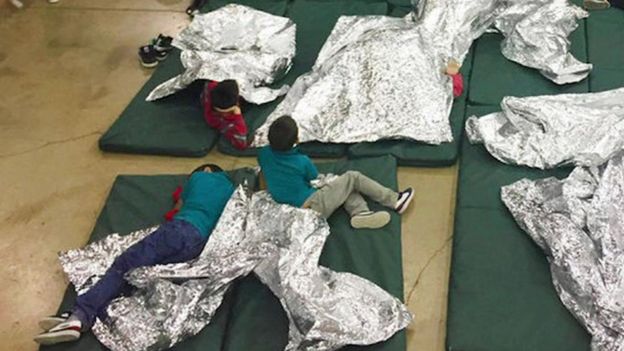


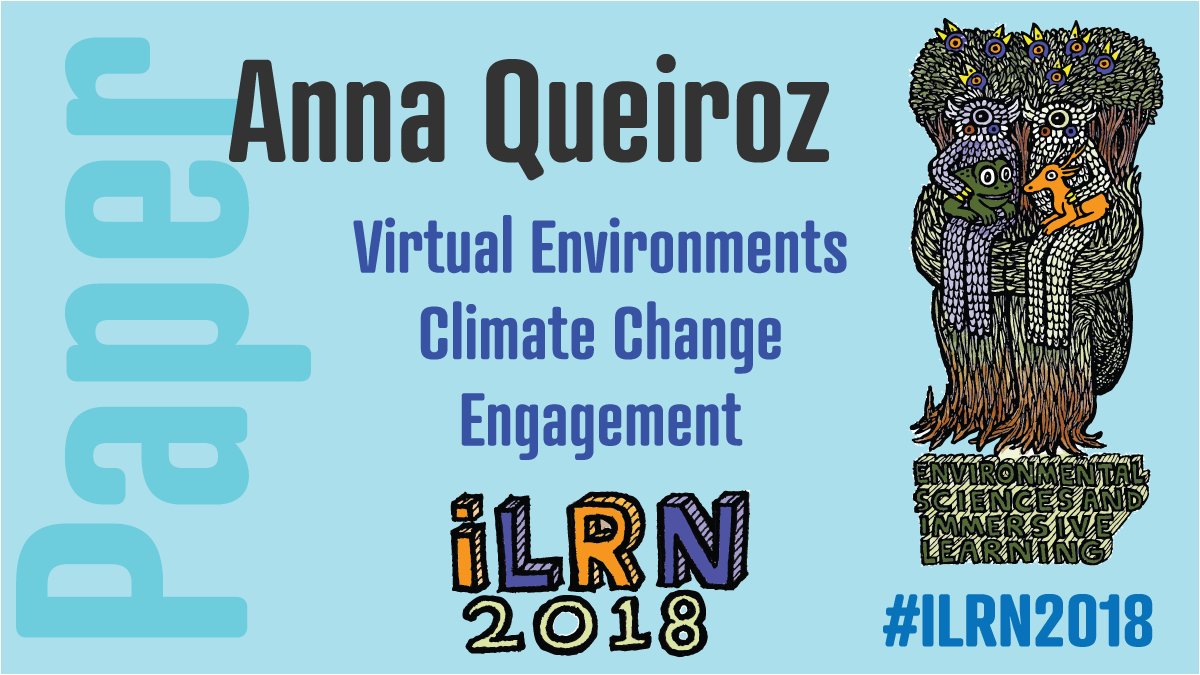

:max_bytes(150000):strip_icc()/GettyImages-557205813-5941861b3df78c537b8da273.jpg)
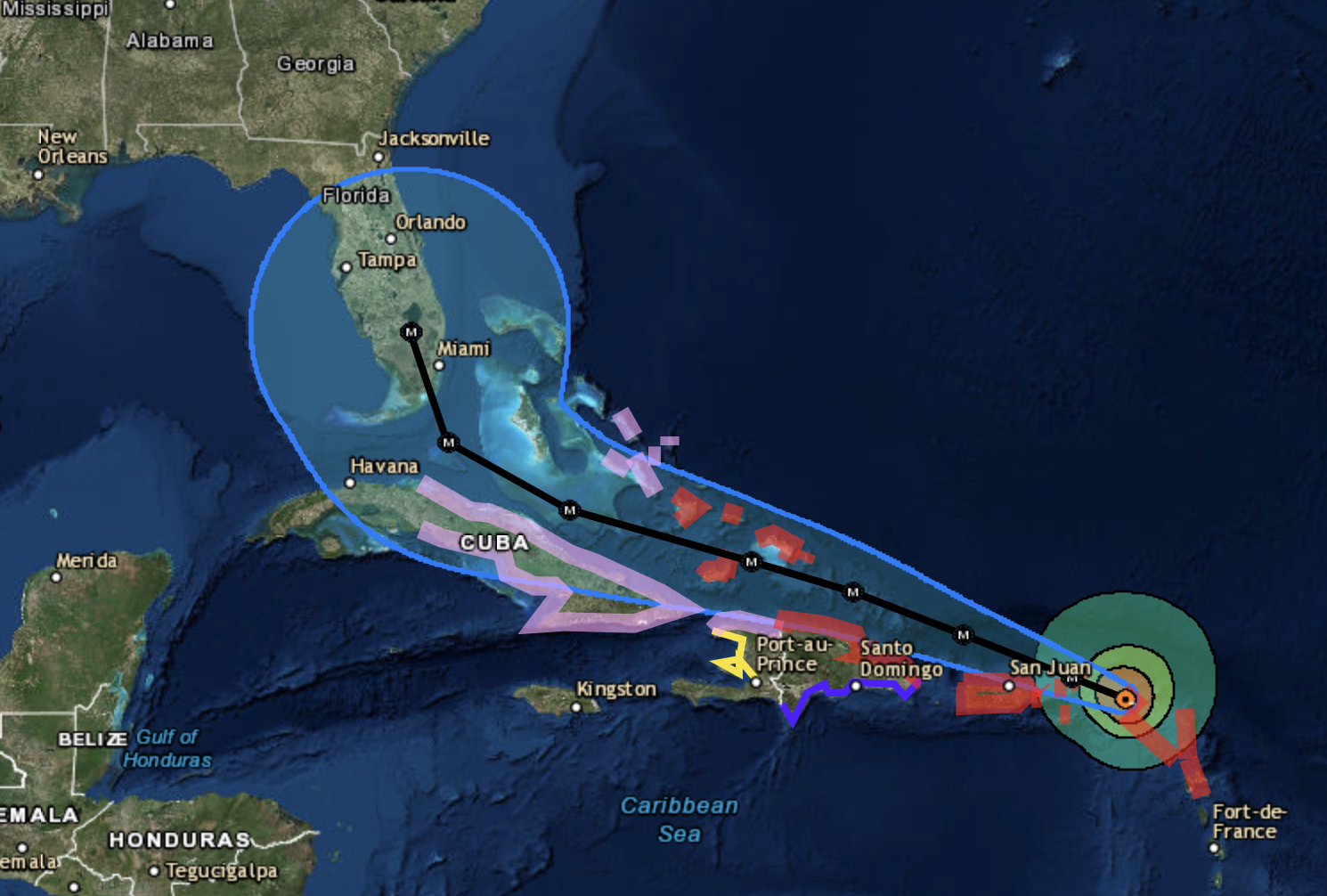


 Resources for schools.
Resources for schools.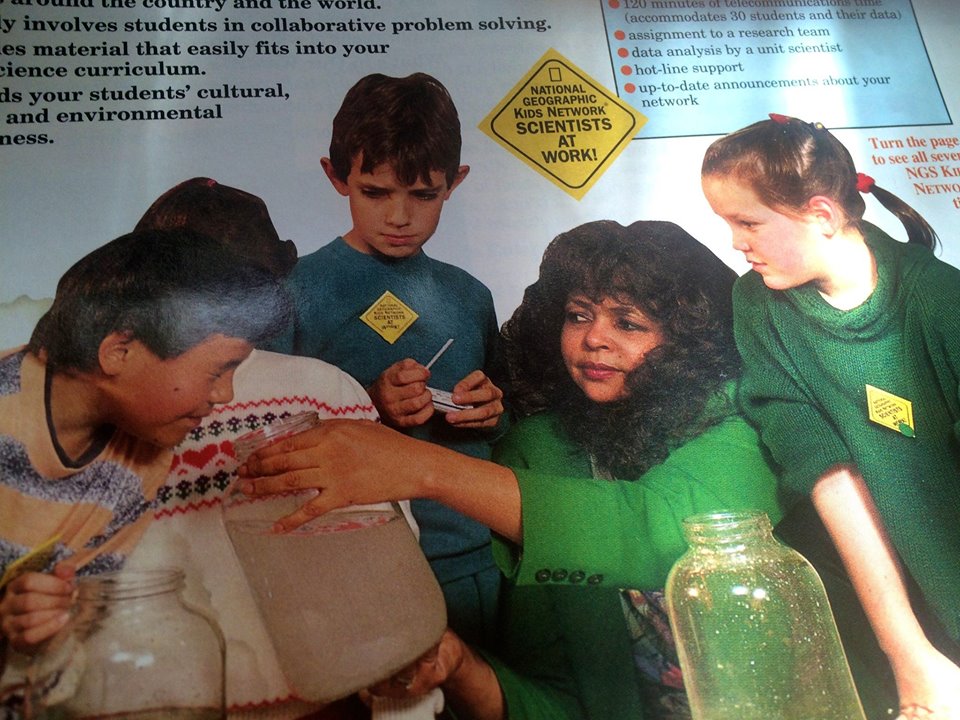

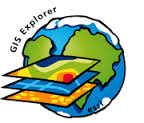 The topics were the beginning of real science study for many students.
The topics were the beginning of real science study for many students.